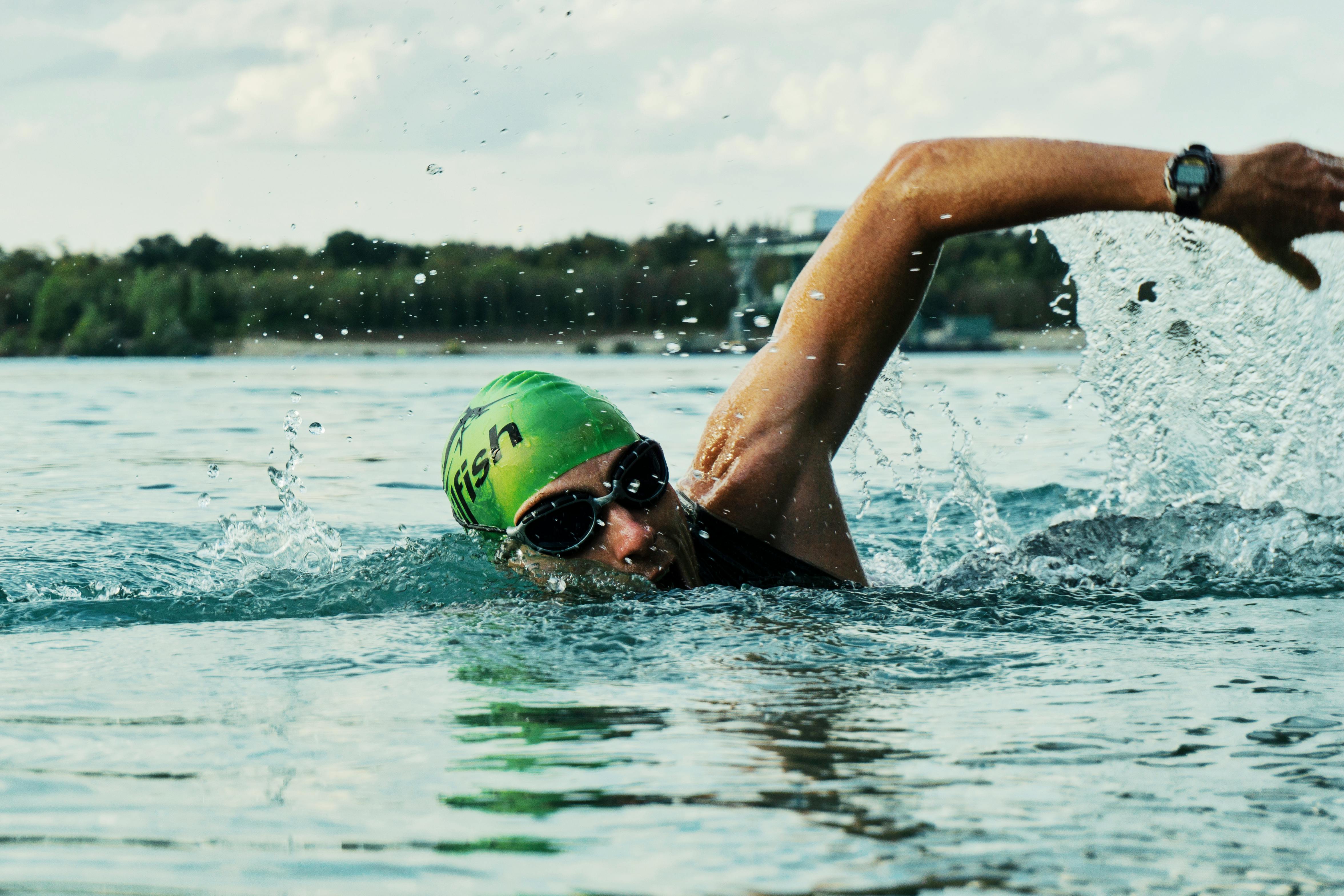
https://images.pexels.com/photos/1415810/pexels-photo-1415810.jpeg
Sports-related eye injuries are a significant cause of morbidity in sports. 2021 research published in the Journal of Craniofacial Surgery explains that different sports carry varying ocular risks. This can ultimately depend on the level of contact involved, the type of equipment involved, and the size or density of the game object. All of these factors can contribute to the 30,000 sports-related ocular injuries annually seen in emergency rooms in the USA.
Eye safety awareness is an urgent discussion if we are to protect sports enthusiasts and athletes from eye injuries. In this article, we provide a comprehensive guide to how you can protect your eyes in different sports.
Basketball
Basketball is the leading cause of sports-related eye injuries in the United States, according to the AAO. When injured players missed 18 games in 2018, it cost the NBA up to $2.4 million in a single season. Dr. Rod Foroozan of Houston Rockets explains that many basketball players are reluctant to wear eye protection because they are “creatures of habit.” Wearing eye protection, particularly when not consistently in the sport, sets them off.
However, Dr. Michael T. Yen of Houston Rockets is optimistic that protective gear will soon become the norm in basketball. After all, hockey players in the 60s and 70s never wore helmets or masks, but they all wear eye protection now. The American Society for Testing and Materials (ASTM) has already approved face protectors and face guards for use in contact sports such as basketball, racket sports, baseball, soccer, field hockey, and women’s lacrosse. There are also eye protectors specifically designed for use by players to significantly reduce the potential impact and penetration by baseballs and softballs, basketballs, soccer balls, hands, elbows, and fingers.
Surfing
As a surfer, riding against the wind and waves can cause dry and irritated eyes. When aggravated by exposure to ultraviolet rays, your eyes can also develop pterygium. This is an ocular surface disorder commonly known as surfers eye. Here, fleshy tissue develops on your eye’s conjunctiva and affects your vision.
Unfortunately, regular swimming goggles do not help against the glare on the water’s surface, and the coating on regular sunglasses isn’t built to withstand constant exposure to moisture. To help, surfers can opt for eyewear specialists who know how to design water-ready apparel expertly. Case in point, Oakley’s sports glasses cater to water enthusiasts with premium Prizm polarized lenses that reflect glare, absorb harmful high-energy blue light (HEV), and repel water for easy cleaning. There are also options for different face shapes and sizes, such as narrow frames with the popular Flak 2.0 and even aviator styles with the Split Time model.
Swimming
While indoor swimming can effectively keep your eyes away from prolonged exposure to ultraviolet rays, it doesn’t prevent your eyes from coming in contact with chlorinated water. Most pools use chlorine and other chemicals to keep pool water clean. However, this can be harsh on the tear film of our eyes, causing swimmers to develop diseases like dry eye frequently. Furthermore, eyes that are exposed to lingering bacteria in the water can also develop infections such as conjunctivitis.
Thankfully, an easy solution is present in swim goggles. Swim goggles are made to repel water, protect your eyes, and enhance your vision underwater. Today, swim goggles have even gone smart, with FORM creating the first swim goggles with a digital display to track your activity and guide your workouts. This is an innovative way to encourage swimmers to use their swim goggles, even if their eyes may not initially appear to be sensitive to the different chemicals in the water.
Appropriate eye protection is cited by the American Academy of Pediatrics and the American Academy of Ophthalmology (AAO) to reduce the risk of eye injury by 90%. It is thus important that athletes and non-athletes strongly advocate for the use of protective eyewear for all participants in sports in order to protect eye safety. If you’re looking for more sports- and wellness-related pieces, you might enjoy our article on healthy habits to adopt as you transition into outdoor activities next.
